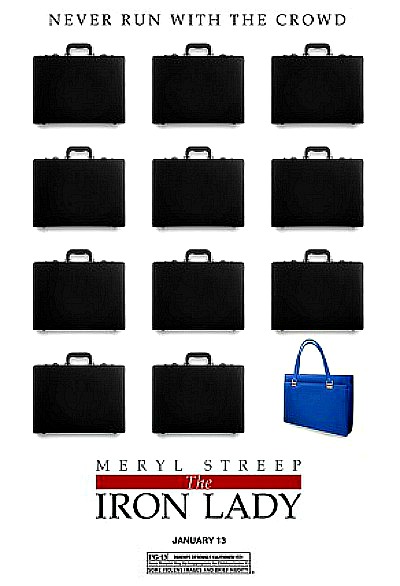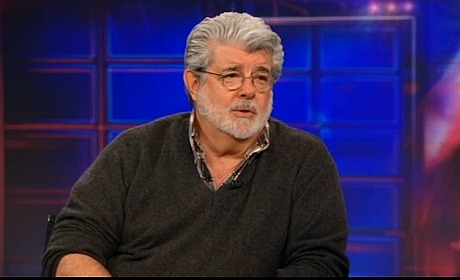From the get-go my feelings about David Fincher‘s The Girl With The Dragon Tattoo were positive but qualified. But one thing I was 100% about was the main-title credit sequence, which appeared yesterday on YouTube. It was a cocreation between Fincher and Blur Studio‘s Tim Miller, whom I spoke to briefly around noon today.
Blur, which Miller co-founded in 1996, specializes in animation and VFX, and Miller himself is into comic-booky fanboy stuff. He appears ready to graduate into feature film directing, as he plans to direct that Deadpool movie for 20th Century Fox that Ryan Renolds is attached to.
Miller has known Fincher for years, but didn’t work for him until Fincher asked him to deliver some renderings for a “making of Zodiac” featurette that explained how certain visual effects were composed. There’s another project based on The Goon, the Dark Horse character, that he and Fincher have been trying to launch.
The Dragon Tattoo main-title theme is that everthing is covered in a kind of black oil, which Fincher came to describe as “dream ooze.”
“David wanted to do something new and fresh, something that might redefine main-title sequences like Se7en‘s main-title sequence did,” Miller relates. “He wanted it to be abtract, and so we started gathering references, mostly through the fine art world. We put a ton of shit together, and there was one artist who had made himself black and stood in a gallery, and that’s more or less where the dream ooze came from, and which eventually led David to say ‘let’s make this a unifying element’, and from that — David’s emails are little haikus of perfect prose — I wrote the abtract vignettes.” And they were off to the races.
Miller didn’t have time to chat any more than five minutes so that’s all I got, but at least I had a chance to tell him I think the Tattoo main title sequence is very cool and striking, and that he and Fincher should feel good about that.





